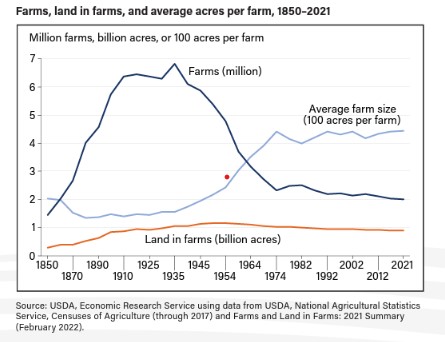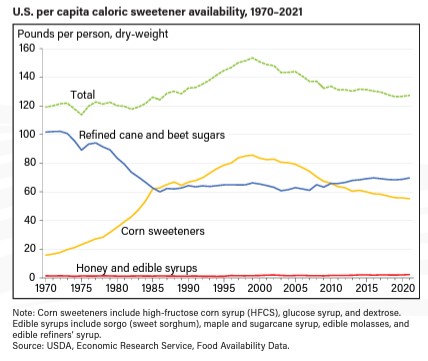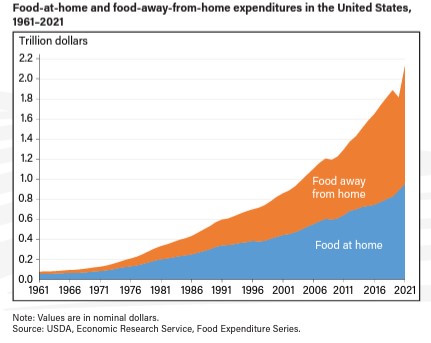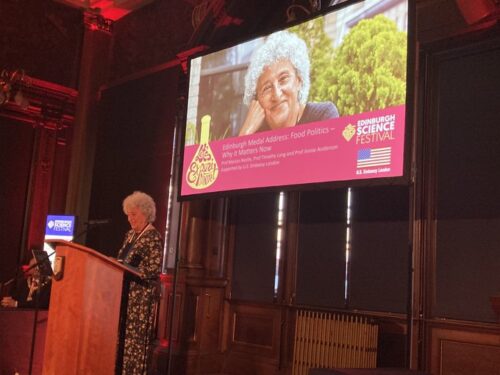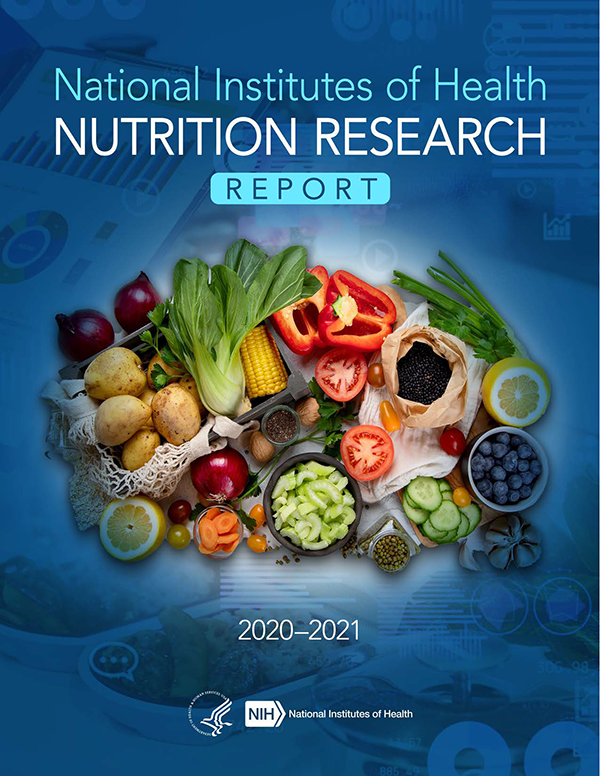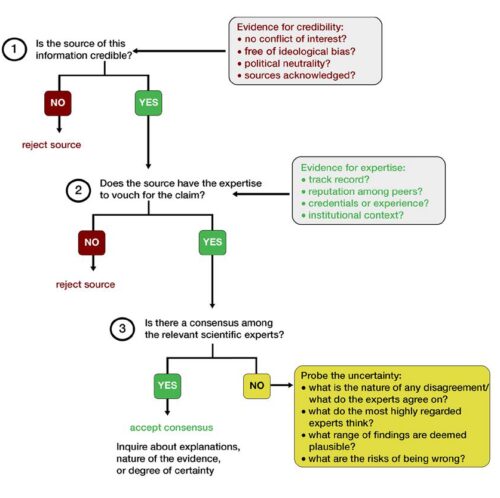Menopause is a food marketing opportunity!
If you thought yesterday’s post about blueberries as a means to reduce hypertension in menopausal women seemed far-fetched, you are missing the point.
The food industry views menopause as a marketing opportunity.
‘We need the food industry to recognise this opportunity and step up to the plate’: Campaigner urges more NPD to embrace the menopause: The menopause represents a significant untapped opportunity for food and beverage brands, FoodNavigator’s Positive Nutrition Summit hears…. Read more
The menopause hits at a life stage when many women are particularly busy and time-poor and it is, at best, an inconvenience…This audience is now demanding more from brands – they don’t want to have to struggle and search to find items that support their symptoms. GenM research shows that 78% of women would be happy to shop for products labelled as menopause-friendly, while a further 90% of menopausal women want brands to be more inclusive to menopause. We need the food industry to recognise this opportunity and step up to the plate.
And then there’s this one:
Marketing sports nutrition products for menopausal women: A variety of products are geared toward youth and seniors, but where do women in their 50s fit?… Watch now
Alexis Collins, director of product and brand strategy, Stratum, said one ingredient stands out to her most: NEM, the company’s flagship, branded eggshell membrane. Our ingredient is natural eggshell membrane also known as NEM and NEM is a joint health ingredient that has been specifically clinically researched in postmenopausal women to show fast exercise recovery.
Eggshell membrane. Why didn’t I think of that?
*******
For 30% off, go to www.ucpress.edu/9780520384156. Use code 21W2240 at checkout.


